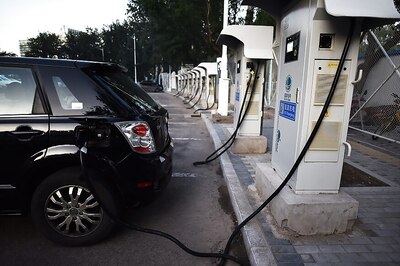
views
People earlier drank water directly from the tap, including the bathroom sink, before purifiers were available. The water supply was so clean that it was considered safe to drink from taps. Nowadays, when people rinse their mouths while brushing their teeth, they use water from the bathroom sink tap, which sometimes ends up being swallowed. Experts now strongly advise against this practice. Their reasoning is quite surprising. Even today, many people in India do not have access to clean water, though some have installed purifiers in their homes. This information is particularly important for those without purifiers. According to a report, tap water in western countries is often clean, making it common for people to drink directly from the tap.
Experts from Scottish Water have recommended that if one needs to drink tap water, it is better to use water from the kitchen tap rather than the bathroom tap. In collaboration with Watersafe, the company conducted research in Britain and discovered that water from the bathroom tap is less fresh compared to kitchen tap water. Until 1970, lead pipes were commonly used in British homes. Their use was gradually discontinued because lead can contaminate water and cause poisoning. This setup can still be found in older houses in Britain today.
Water that comes into the kitchen is directly supplied by the municipal or local authorities, often referred to as mains water. This is the same water that is distributed to all households and is generally considered safer and fresher because it is constantly flowing through the supply system. In contrast, many homes have water storage tanks, where water is kept for bathroom use. This stored water can become stagnant over time, leading to contamination. Stagnant water provides an environment where bacteria and other harmful microorganisms can thrive, making it dirtier than the continuously flowing mains water. Drinking this stagnant water can cause various health issues, such as stomach upset, gastrointestinal infections, or other diseases due to the presence of pathogens.



















Comments
0 comment